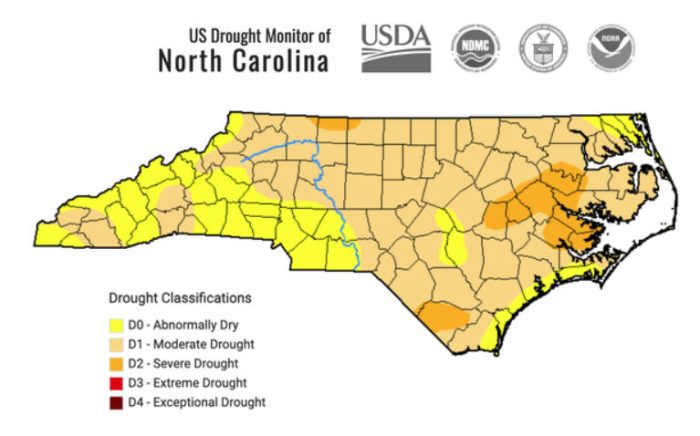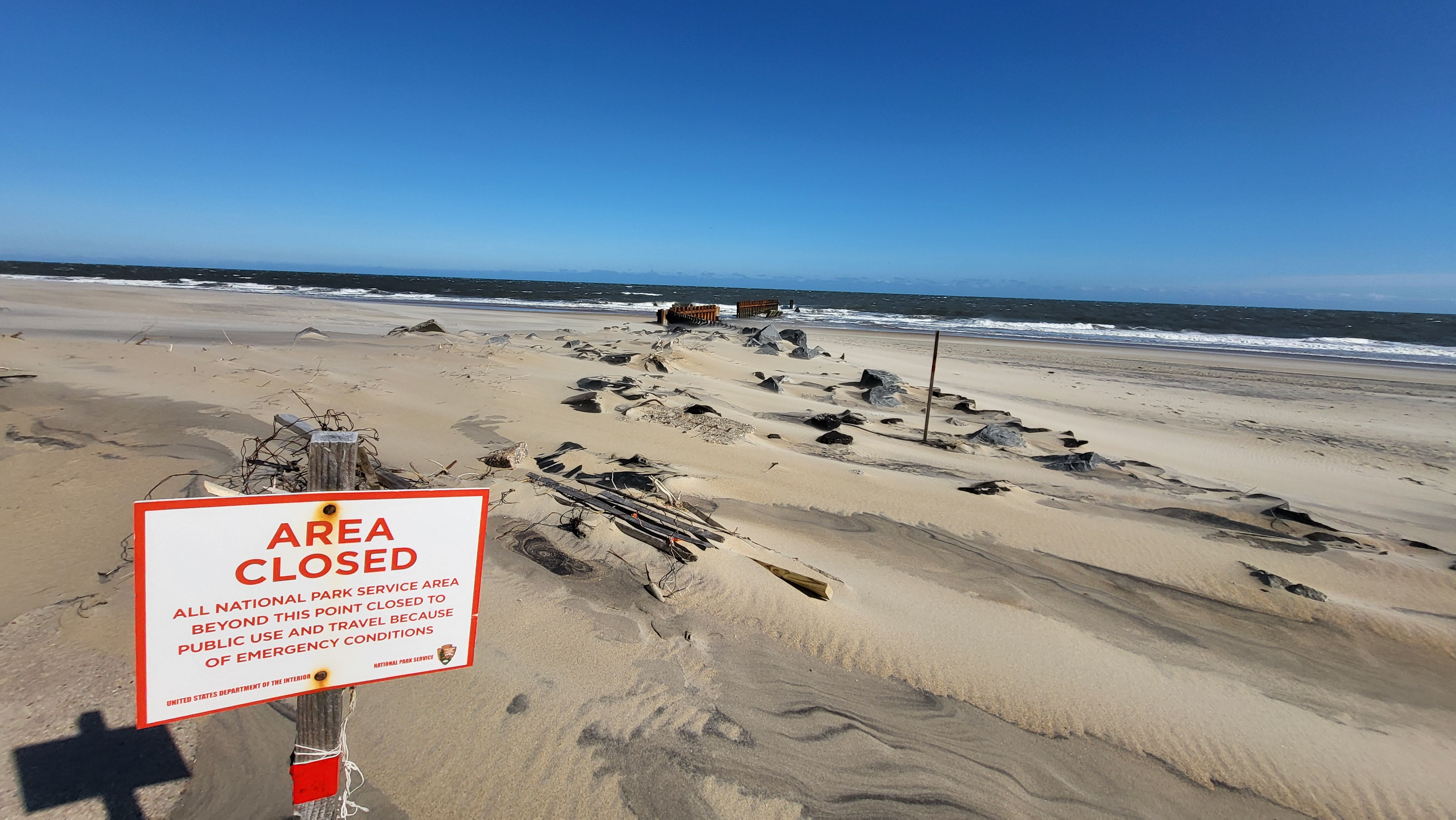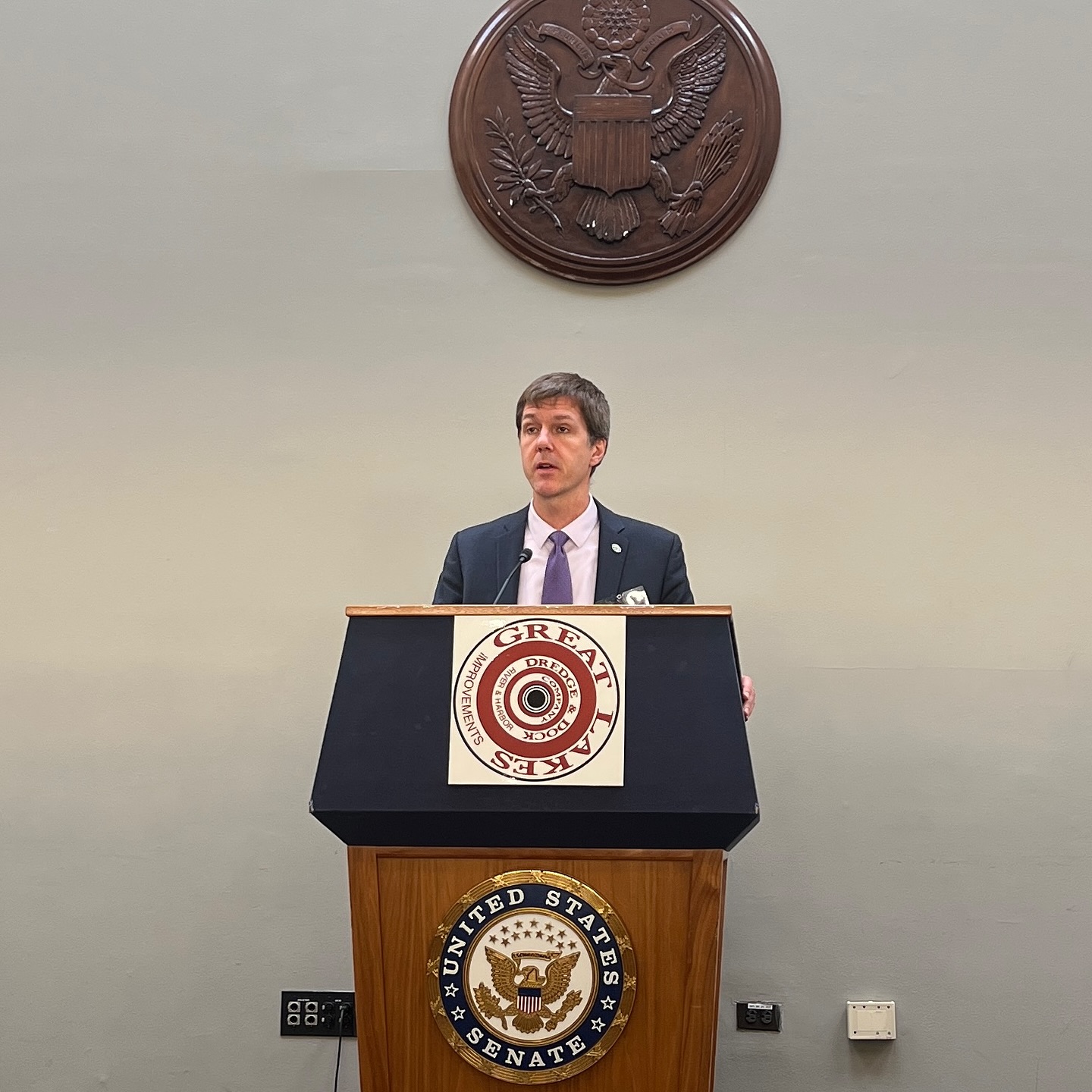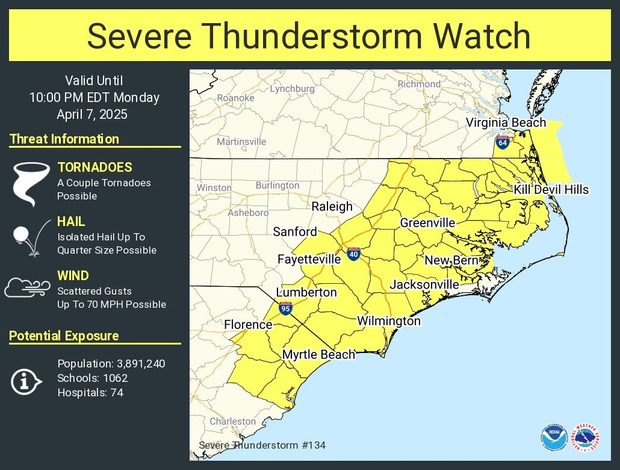Drought eases in some parts of North Carolina, worsens in others

Some beneficial rainfall fell on some parts of northeastern North Carolina over the past week, but other sections of the region and the rest of the state continue to dry out following the driest June on record.
The North Carolina Drought Management Advisory Council has expanded its drought classifications across the state, and introduced the severe drought classification, or D2, for 10 counties.
DMAC classified Beaufort, Bertie, Columbus, Craven, Greene, Martin, Pamlico, Pitt, Stokes and Wayne counties as in Severe Drought (D2 classification) in the latest drought advisory released Wednesday.
In addition, DMAC expanded the moderate drought (D1 classification) to 69 counties across the state. Another 21 counties were classified as abnormally dry.
The latest classifications mean 99.98% of the state is now in drought, or experiencing abnormally dry conditions.
All of Currituck and Camden counties, along with parts of Dare, Pasquotank and Gates moved back down to the abnormally dry classification.
Washington County Extension says scattered showers last week may have come too late to save some corn, especially in sandier soils, according to the NC State Climate Office.
“This is only the second time in the last decade that dry conditions have covered the whole state,” said Klaus Albertin, chair of the DMAC.
“However, the occurrence during the growing season has made the impacts much worse than the 2021 drought period,” Albertin said. “Agriculture is expected to see significant damage to corn, tobacco and soybean crops.”
“Stream flow is in the lowest 10th percentile in much of central and eastern North Carolina. Groundwater levels are also dropping steadily,” Albertin said.
Groundwater and surface water reservoirs typically see higher demand for water during the summer, and the ongoing dry conditions could result in water restrictions.
For counties in the D2 classification, the DMAC strongly encourages counties to consider implementing drought response actions, including the implementation of Water Shortage Response Plans, if not already enacted; to participate in regional coordination of water resources; and to eliminate nonessential uses of water, among other recommendations.
Those can be found on the DMAC website.
This has been the driest June on record in many locations, according to data from the Southeast Regional Climate Center. It’s also the driest June on record statewide,according to the North Carolina State Climate Office.
DMAC’s drought map is updated weekly on Thursdays.
DMAC is a collaboration of drought experts from various government agencies in North Carolina, Virginia and South Carolina, and organized by the N.C. Department of Environmental Quality’s Division of Water Resources (DWR). Members of DMAC meet weekly and submit their drought condition recommendations to the National Oceanic and Atmospheric Administration (NOAA), the U.S. Department of Agriculture and the National Drought Mitigation Center for updates to the U.S. Drought Monitor (i.e., drought map), a map of the nation’s drought conditions.
To view North Carolina’s drought map, visit www.ncdrought.org. To view the U.S. drought map, visit http://droughtmonitor.unl.edu/.



































